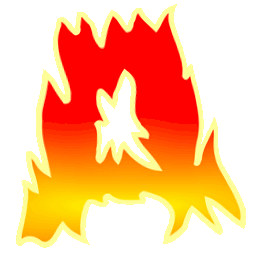-
Sound: It is a longitudinal wave that
-
emanates from a vibrating source
-
and requires a material medium
-
-
Speed of sound
-
In air: About 330 m/s
-
In liquids: About 5 times faster (than in air)
-
In solids: About 15 times faster (than in air)
-
-
Audibility
-
The human ear can detect sounds having a frequency between 20 Hz and 20 kHz.
-
The human ear cannot detect infra-sounds (below 20 Hz) and ultra-sounds (above 20 kHz).
-
-
Applications of sound and ultrasound
-
Ultrasonic cleaning of machine parts
-
Medical examination of the body
-
Echoes are used to find depth or to detect mines or shoals of fish
-
-
Echo: It is the reflection of sound.
-
Reverberation is the effect in which you hear a prolonged sound because different echoes are reaching your ears one after the other (like in a large hall).
-
Characteristics of sound
-
Loudness
-
It depends upon amplitude. Sounds can be soft or loud.
-
-
Pitch
-
It depends upon frequency. Sounds can be low or high.
-
-
Quality (or timbre)
-
Different audio-instruments playing the same note (same loudness and pitch) sound different.
-
This is because these instruments superimpose their own additional sounds (harmonics).
-
Therefore the resulting wave-forms from two different audio-instruments are different.
-
-
-
Experiments
-
Measuring speed of sound in air
-
Method 1 is to use a stop watch and a pistol.
-
Method 2 is to use an echo from a wall.
Note: In both methods use the formula: s = d / t
-
-
Studying reflection of sound
-
Use two pipes next to a wall. Sound heard is loudest when angle of incidence equals angle of reflection.
-
-
Go back to table of contents



